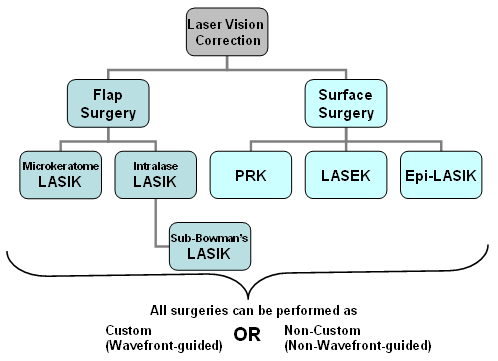As a cataract specialist, your day starts with a comprehensive eye assessment, where you evaluate clients' vision and lens quality. You understand exactly how essential it is to determine cataracts properly. Once diagnosed, you get ready for surgical procedure, guaranteeing every information is represented. But the challenge doesn't finish there. https://beaulqvaf.activoblog.com/41371307/after-cataract-surgical-procedure-it-is-essential-to-be-knowledgeable-about-the-changes-in-your-vision-discover-what-prevails-and-what-can-show-a-prospective-concern-do-you-recognize-the-indications unravels in the operating room, where precision is crucial. What occurs following might define a patient's aesthetic future.
The Diagnostic Refine: Identifying Cataracts
When it involves detecting cataracts, clarity is vital. You'll start with a detailed eye exam, where you'll assess visual acuity and look for any kind of indications of cloudiness in the lens.
During this process, you'll utilize customized tools, such as a slit light, to obtain a detailed sight of the eye's framework. You'll additionally do a dilated eye exam to review the lens and retina better.
Gathering your patient's medical history is critical, as it helps identify threat aspects like age, diabetic issues, or previous eye injuries.
After examining the results, you'll establish the visibility and extent of cataracts. LASIK Eye Surgery Average Cost ensures you give the most effective recommendations for therapy, establishing the stage for the next action in their care.
The Operation: Precision in Action
After diagnosing cataracts and going over therapy choices, you prepare for the procedure, where accuracy is vital.
You get in the operating room, wearing clean and sterile handwear covers and a mask. The person relaxes easily under intense lights, prepared for the improvement.
You start by providing neighborhood anesthetic, ensuring they feel no discomfort. With a steady hand, you make a small cut in the cornea, making use of innovative methods to remove the cloudy lens.
You carefully insert the synthetic intraocular lens, straightening it flawlessly for optimal vision. Throughout the procedure, you keep an eye on vitals and adjust as required, keeping focus on the job.
In simply a short time, you'll have restored your patient's view, a gratifying result for both of you.
Post-Operative Care: Making Sure Optimal Recovery
Once the surgical treatment is total, your function shifts to guaranteeing the patient's smooth healing.
You'll begin by supplying clear post-operative directions, stressing the importance of using the eye shield and taking recommended drugs. Advise them to avoid massaging their eyes and engaging in strenuous activities.
Set up a follow-up consultation within a few days to check healing and attend to any kind of worries. Encourage individuals to report any kind of indications of infection, such as enhanced inflammation or discharge.
Furthermore, talk about the value of using synthetic splits to reduce dryness. Assistance their emotional wellness by assuring them that aesthetic enhancements might require time.
Verdict
In a cataract doctor's day, you witness the journey from medical diagnosis to healing. You see the accuracy in surgery and the treatment taken post-operation to ensure your ideal healing. mouse click the following web site , you obtain clarity not simply in vision, but in recognizing the entire process. click this site developed in between you and your surgeon is vital, leading the way for a smoother healing. With the appropriate assistance, you get on your way to taking pleasure in a brighter, more clear world.
